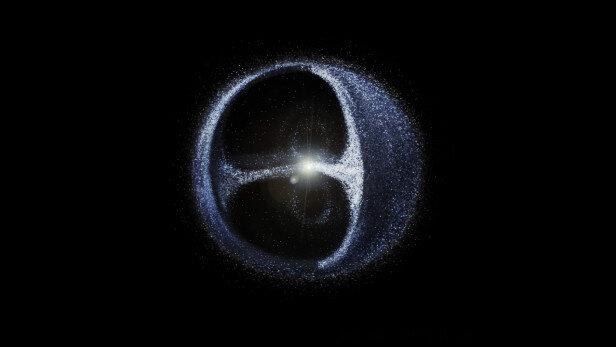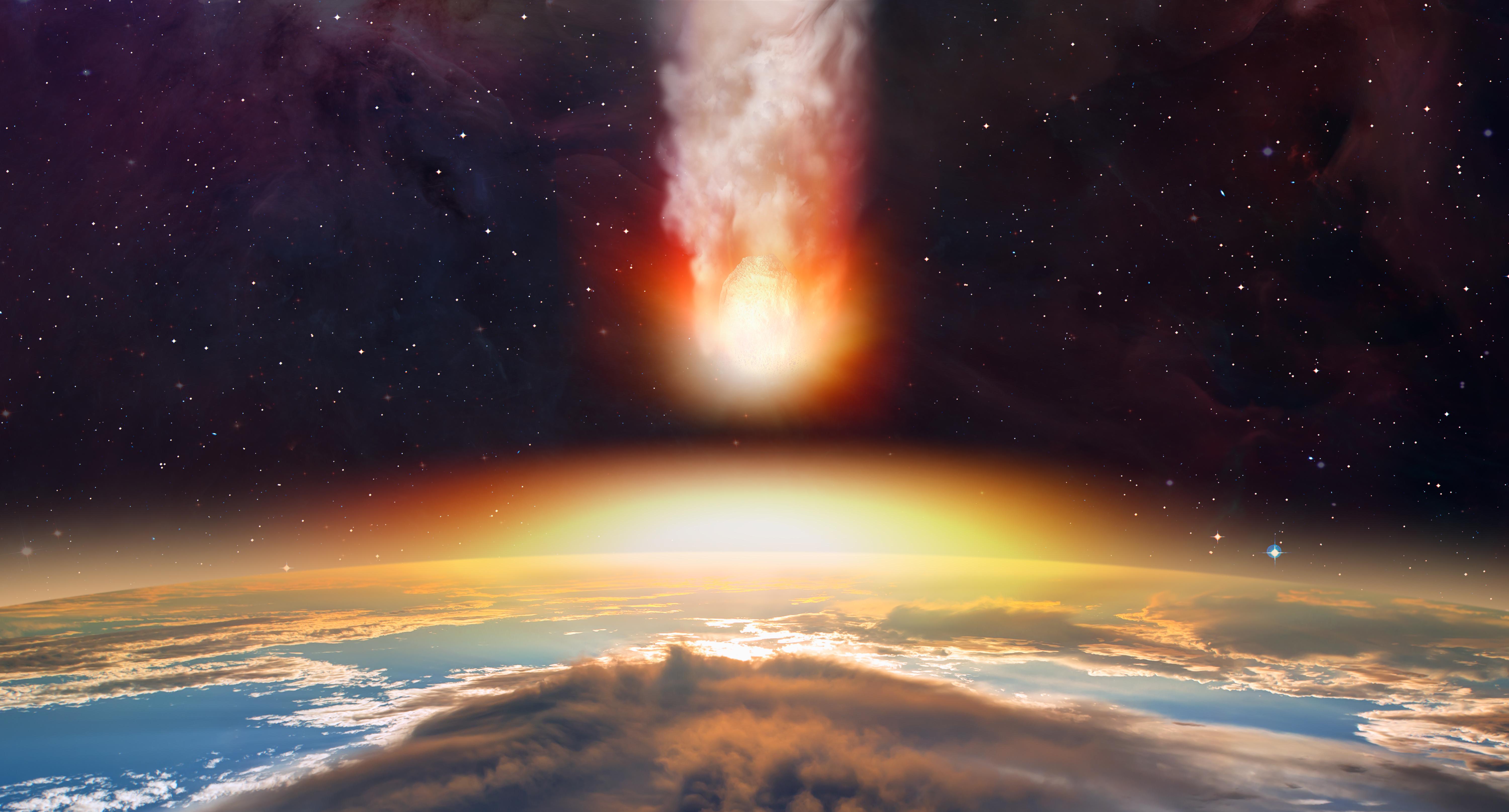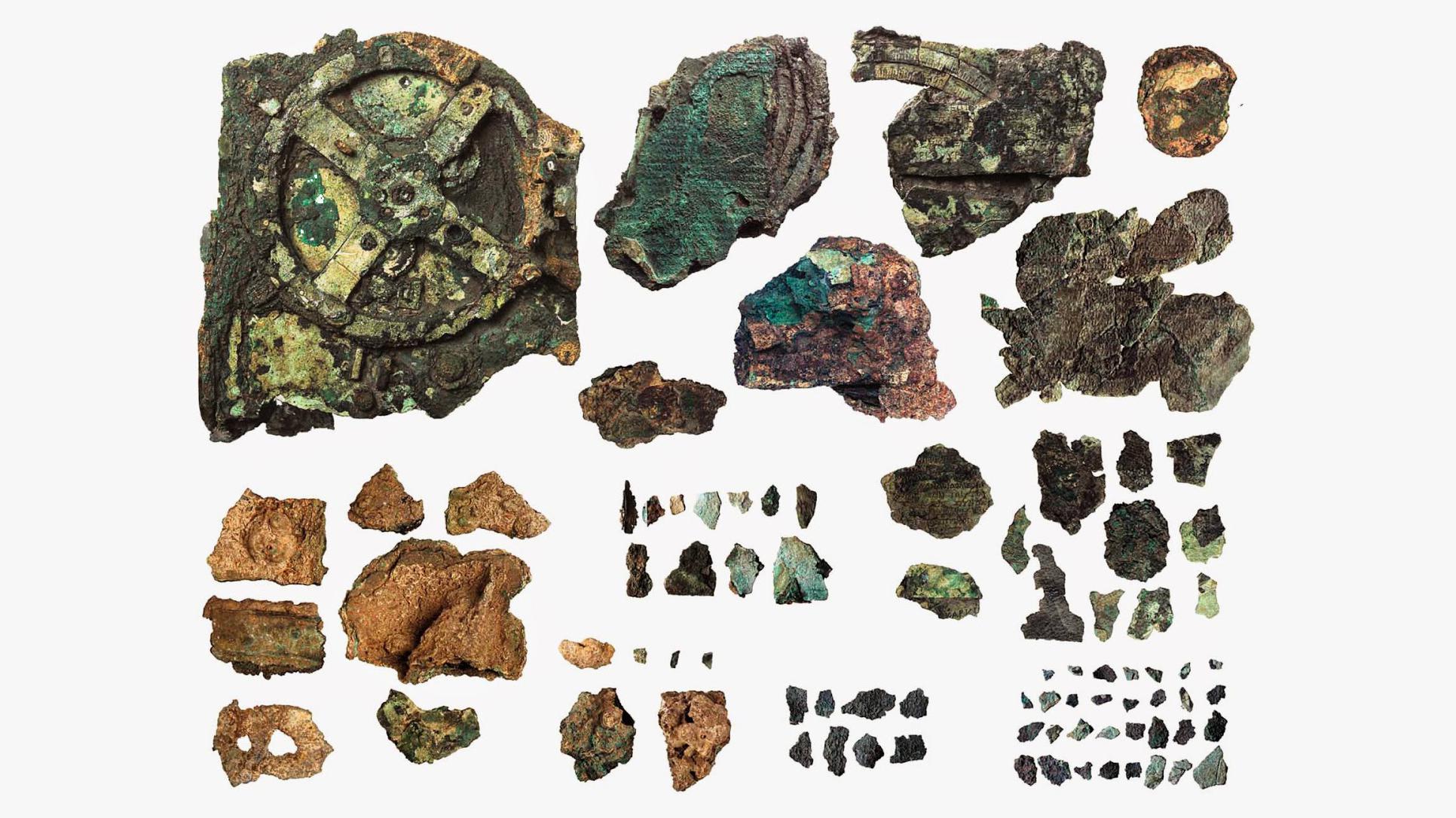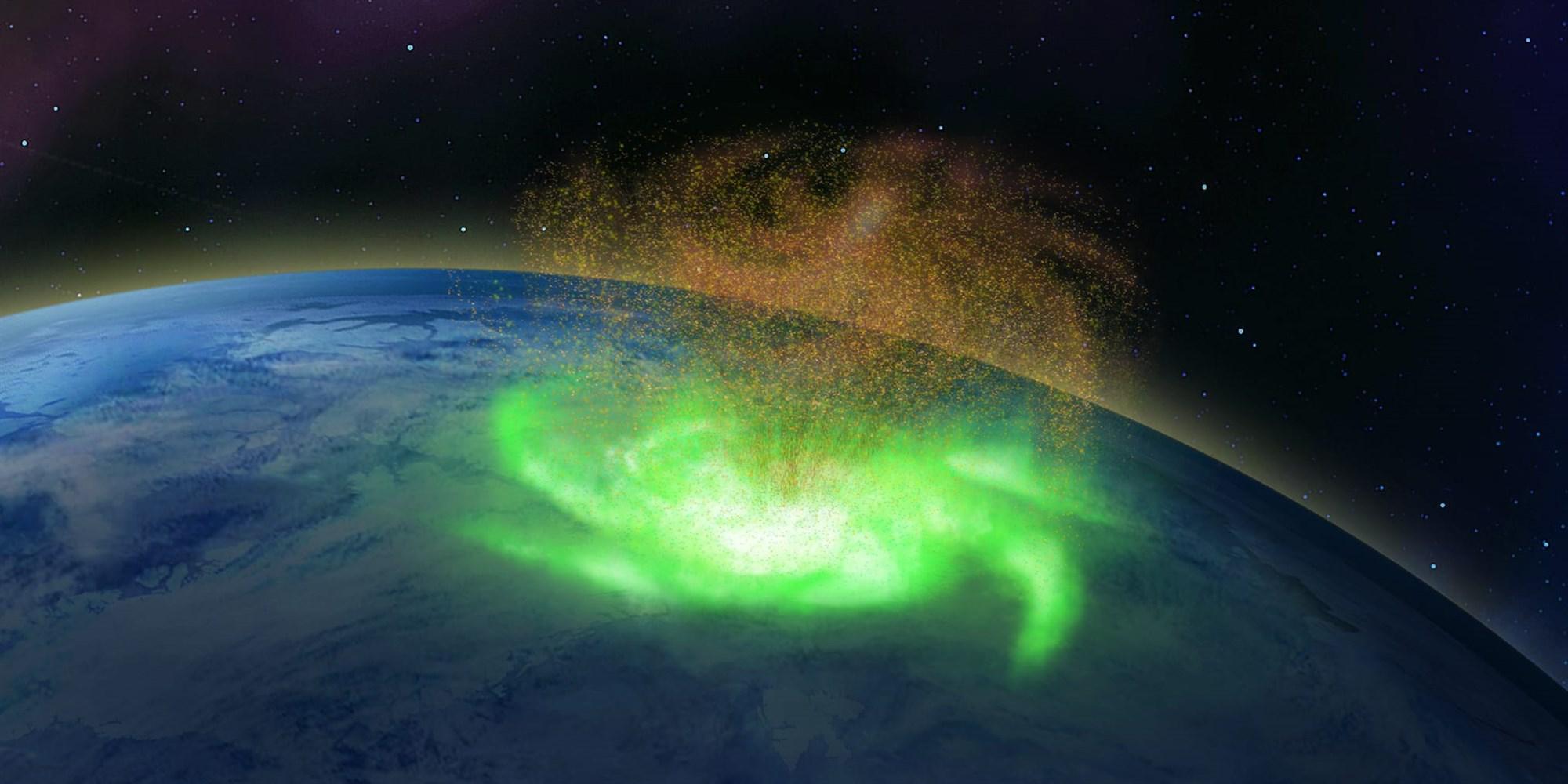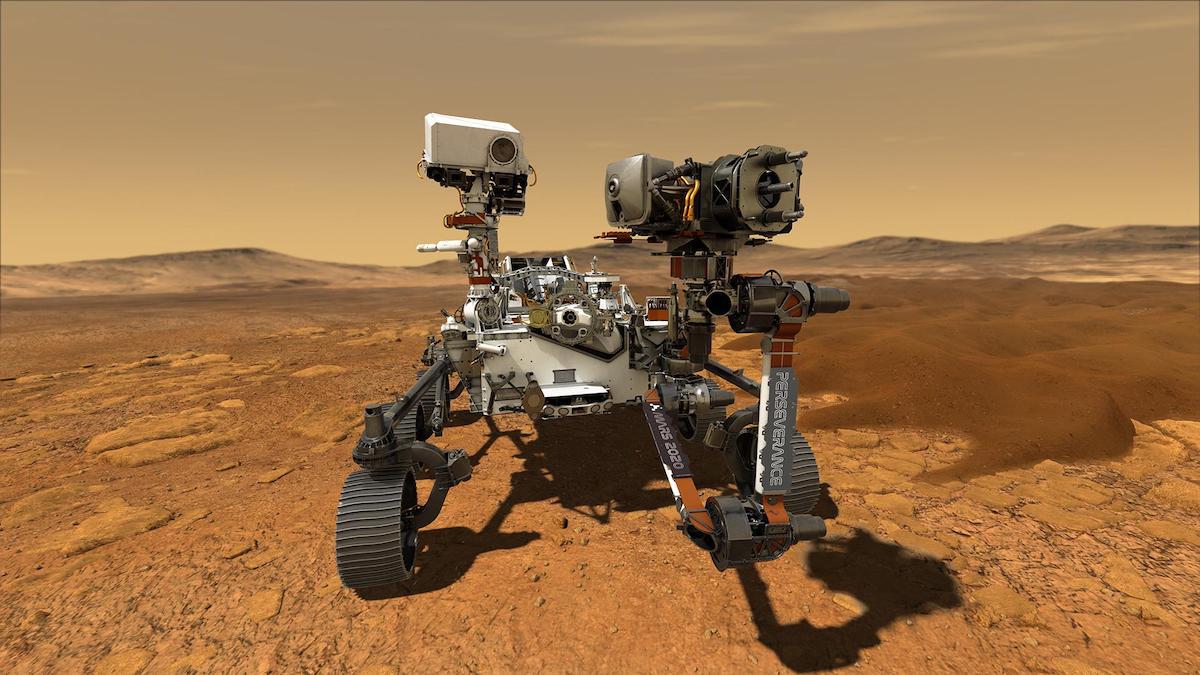space
Astronomers possibly solve the mystery of how the enormous Oort cloud, with over 100 billion comet-like objects, was formed.
The helicopter’s sixth mission almost went down in disaster.
Determining if the universe is infinite pushes the limits of our knowledge.
A new AI-generated map of dark matter shows previously undiscovered filamentary structures connecting galaxies.
The eclipse season is starting with a bang.
It’s time to rethink how satellites and other objects are made and eventually destroyed.
▸
5 min
—
with
Since 1957, the world’s space agencies have been polluting the space above us with countless pieces of junk, threatening our technological infrastructure and ability to venture deeper into space.
A new paper reveals that the Voyager 1 spacecraft detected a constant hum coming from outside our Solar System.
Even with six months’ notice, we can’t stop an incoming asteroid.
Scientists have long puzzled over how Mars, a cold and dry planet, was once warm enough to support liquid water.
The research suggests that roughly 1 percent of galaxy clusters look atypical and can be easily misidentified.
A study looks at how to use nuclear detonations to prevent asteroids from hitting Earth.
Differences in the way that the Hubble constant—which measures the rate of cosmic expansion—are measured have profound implications for the future of cosmology.
The EmDrive turns out to be the “um…” drive after all, as a new study dubs any previous encouraging EmDrive results “false positives.”
New studies find the interstellar comet 2I/Borisov is the most “pristine” ever discovered.
When we look at the night sky, we may see junk instead of stars.
Can spacekime help us make headway on some of the most pernicious inconsistencies in physics?
A new model of the Antikythera mechanism reveals a “creation of genius.”
A new study makes a compelling case for the origin of unexplained masses of underground rock causing changes to the Earth’s magnetic field.
Not only does this give us a look at the scaffolding of the universe, we found some new galaxies too!
Humans are more likely to have “first contact” with an advanced alien civilization, according to a recent NASA-funded paper.
Two new studies examine ways we could engineer human wormhole travel.
Sound waves behave quite differently on Mars than on Earth.
The discovery could help astronauts find better ways to grow food in space.
Some scientists believe the lightning-produced frequencies may be connected to our brain waves, meditation, and hypnosis.
NASA astronomer Michelle Thaller is coming back to Big Think’s studio soon to answer YOUR questions! Here’s all you need to know to submit your science-related inquiries.
The controversy over the universe’s expansion rate continues with a new, faster estimate.
The rock, found in the Sahara, likely comes from a long-lost baby protoplanet.
This storm rained electrons, shifted energy from the sun’s rays to the magnetosphere, and went unnoticed for a long time.
It may be old tech, but it’s super-reliable.
